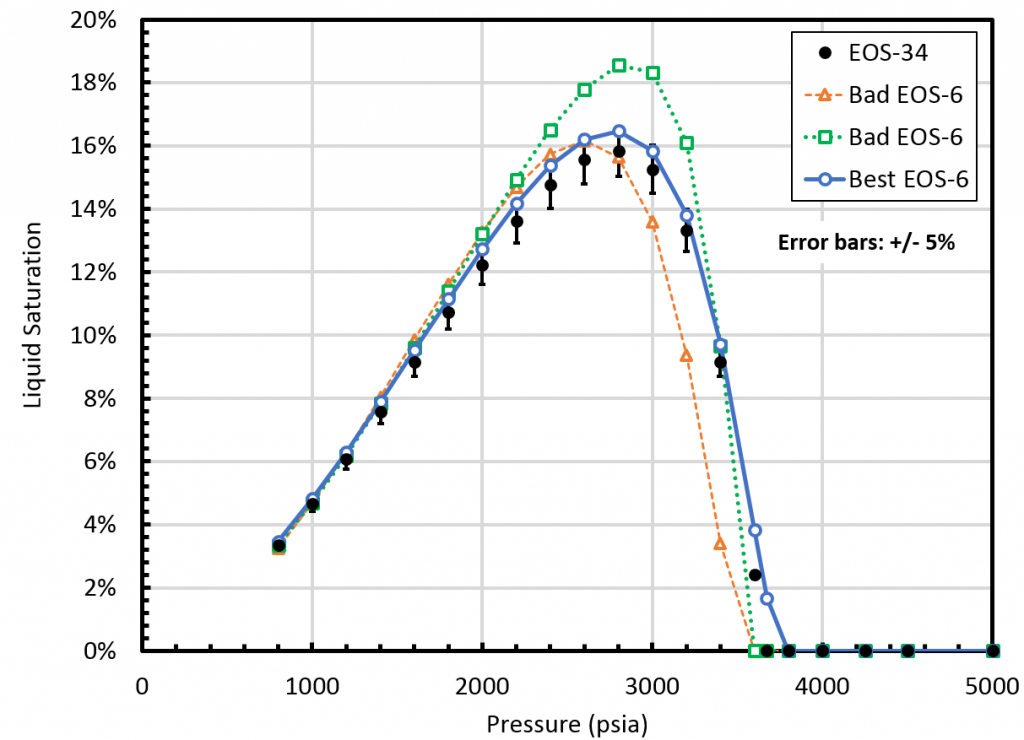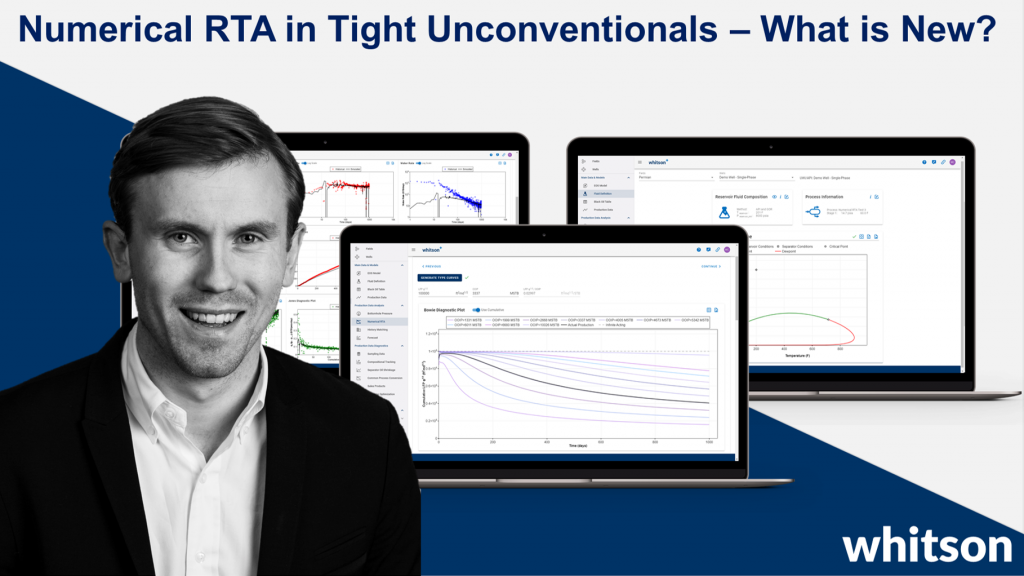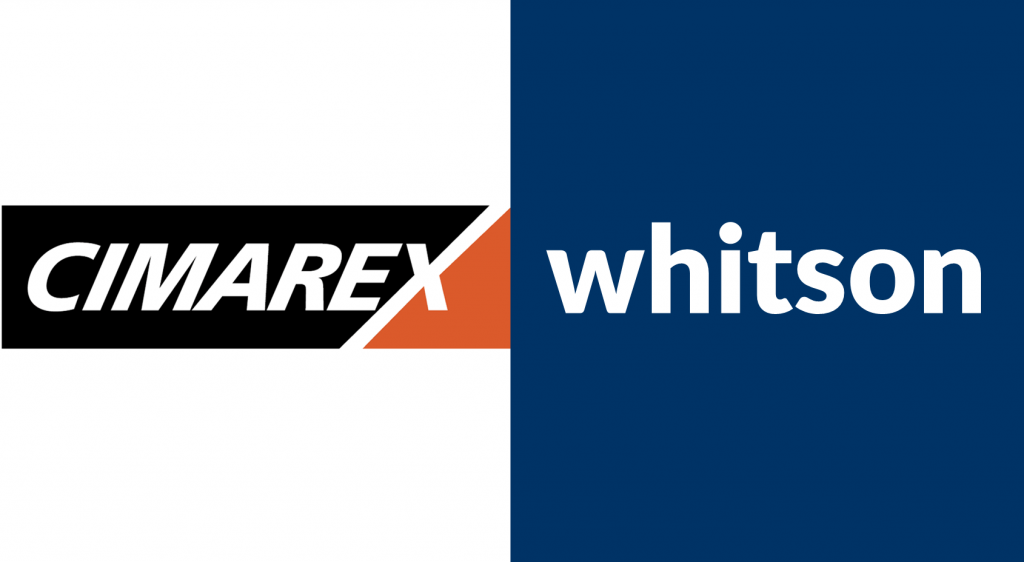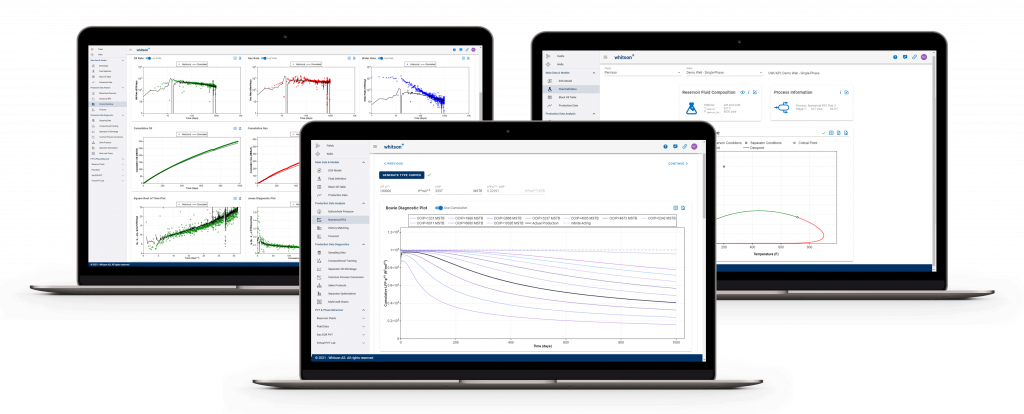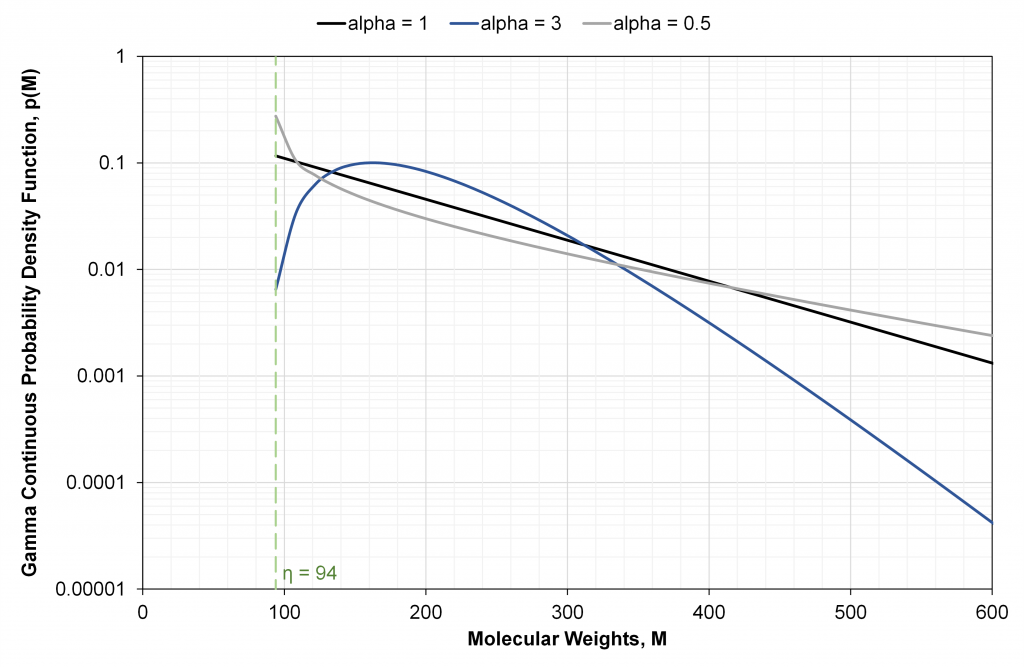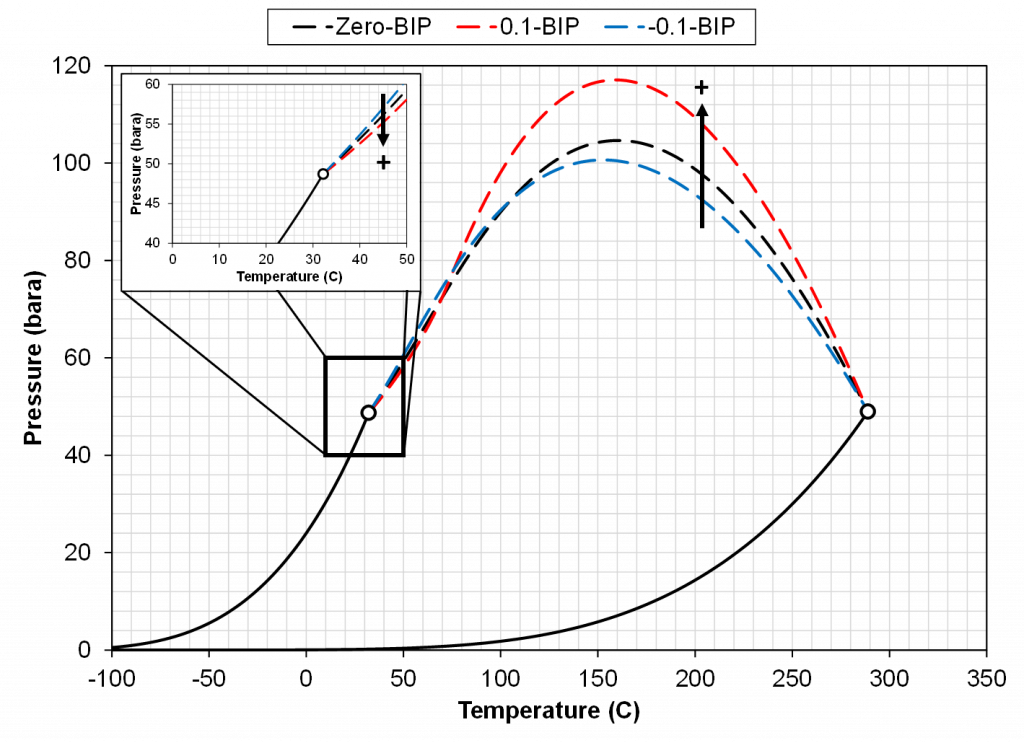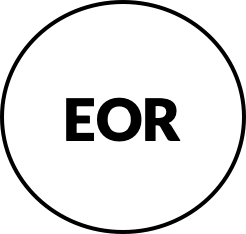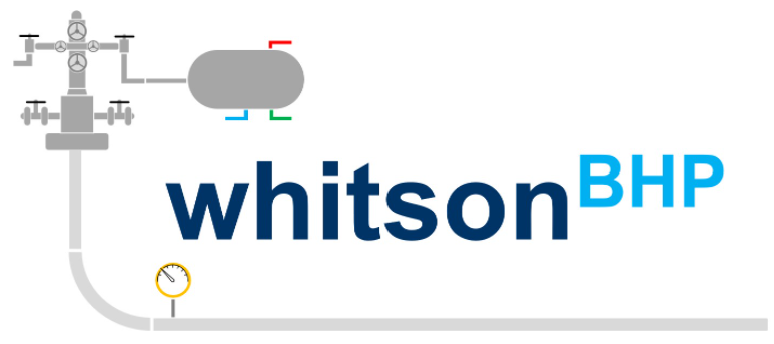To tune or not to tune BIP’s when lumping: That’s the question
EOS Component Lumping Optimization To reduce CPU time in compositional petroleum simulation models (e.g. compositional reservoir simulations), a minimum number of components should be used in the equation of state (EOS) to describe the fluid phase and volumetric behavior. A ″detailed” EOS model often contains from 20 to 40 components, with the first 10 components […]

